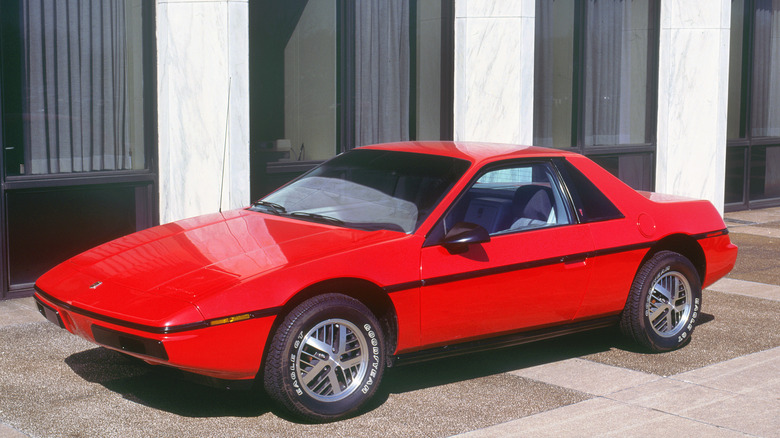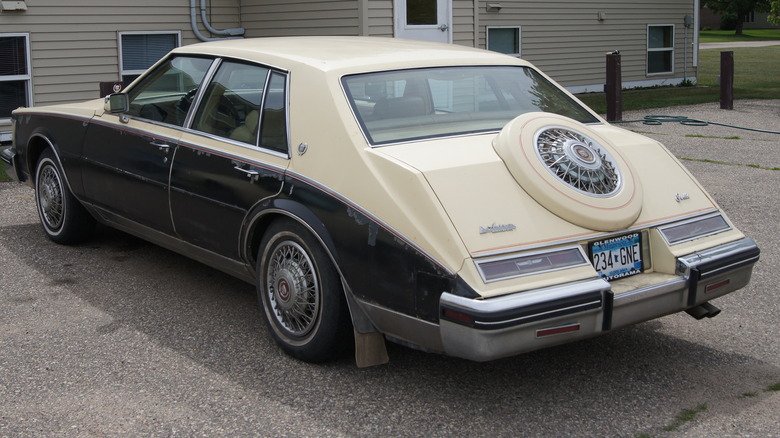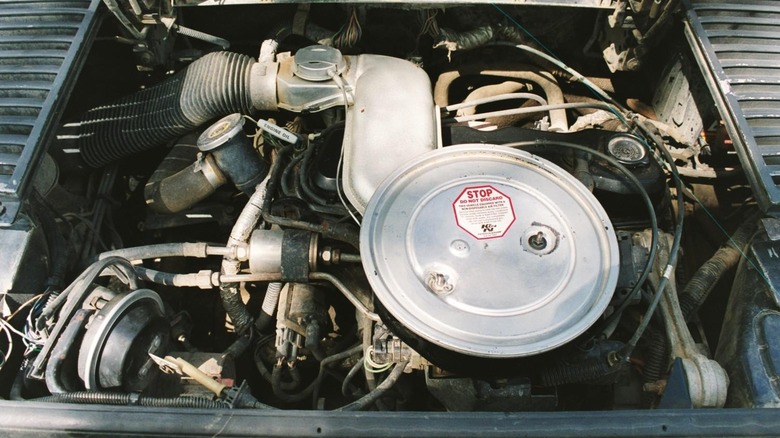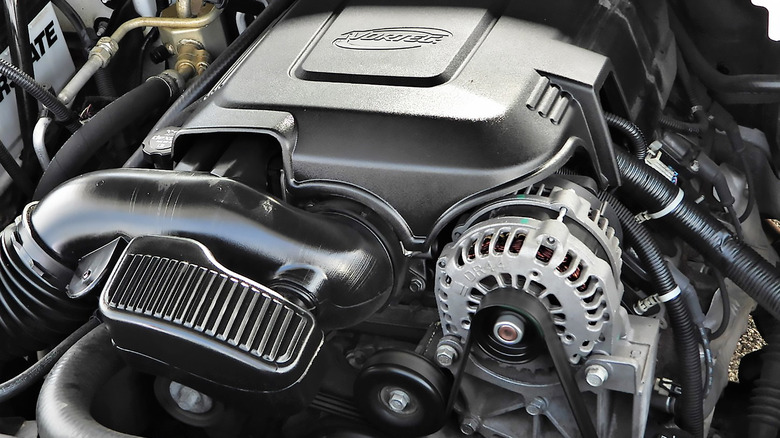3 Of The Worst GM Engines Ever Put In A Production Car
General Motors has created some all-time classic engines. The small block 350 cubic inch V8 can pack a serious punch, and the powerful and reliable 427-inch LS7 is one of the best engines ever made. However, not everything built by GM is held in such high acclaim. Some of its engines were merely in the shadow of more popular engines. The small-block 307 cubic inch V8, for example, is eclipsed by its famous 283 and 327 siblings, despite being a workhorse in many applications.
Sometimes GM makes an engine that — while it has a solid foundation — misses the mark in the worst of ways. Whether they were needlessly complex, had been shoehorned into the wrong application, or simply exposed problems with new technology, some GM engines are rightfully known as being problematic. Be wary of any used GM vehicles with these engines.
Cadillac V8-6-4
The Cadillac big block series that started with the 472 in 1968 saw successful iterations through the 1970s with the 500 cubic inch engine and later 425-inch small-block versions. When Cadillac announced the new L62 6-liter for 1981, the core of the motor was very familiar. However, it became known as one of the worst V8 engines ever made. This was GM's first attempt at shutting down unneeded cylinders when load on the engine was low. The fact GM would call later attempts fuel management and not cylinder management is a result of the real world experience of using this 6-liter engine with its V8-6-4 technology.
The disastrous cylinder management technology would cut off fuel to certain cylinders under light load conditions. However, the computing system and the cylinder shut-off mechanisms were both too slow to react sufficiently to real-world driving. The V8 itself was reliable, and Cadillacs modified to keep the engine in V8 mode ran well, but the cylinder management system introduced too much power and efficiency loss between the intake and the camshaft.
Iron Duke in the Pontiac Fiero
The underpowered and much maligned Iron Duke 4-cylinder inline four was found in everything from Chevrolet Camaros to Pontiac T1000s. The engine was not one for producing excitement, but it would get you where you're going. One application for the Iron Duke made it infamous, though — its placement in the Pontiac Fiero. The Iron Duke was not designed for mid-engine use, and the forced adaptation had a slight tendency to catch fire.
The immediate problem was oil dripping onto the engine. However, wiring issues and heat management both took their toll. A 3-quart oil pan contributed by keeping the oil temperature high due to its small size. Worse yet, a batch of bad pistons for engines destined for the Fiero sealed its fate. While Pontiac quickly handled the worst issues, engine fires plagued the car through its run.
Vortec 5300 in the 2007-2014 Suburban
After the turn of the century, GM took another stab at cylinder management with the Vortec 5300, but it wasn't until later that cylinders could be disabled without worrying. Then there were new tech problems. First, direct injection was playing havoc with engines, and not just Chevrolet's. BMW's innovative but controversial N63 engine also featured fuel being shot directly into the cylinders, and had the same issue with gunk building up in the intake manifold.
In the worst cases, the intake would have to be removed and walnut blasted. Second, The stretch from 2007-2014 is among the worst years for Vortec engines due in part to Positive Crankcase Ventilation (PCV) system issues. Things got better with the EcoTec 5.3 liter that followed and Chevrolet ironed out the technology, if not the parts quality. You can be sure of this, because while the Ecotec was also the focus of recalls and lawsuits, GM paid Vortec owners over $100 million in a class-action suit.



